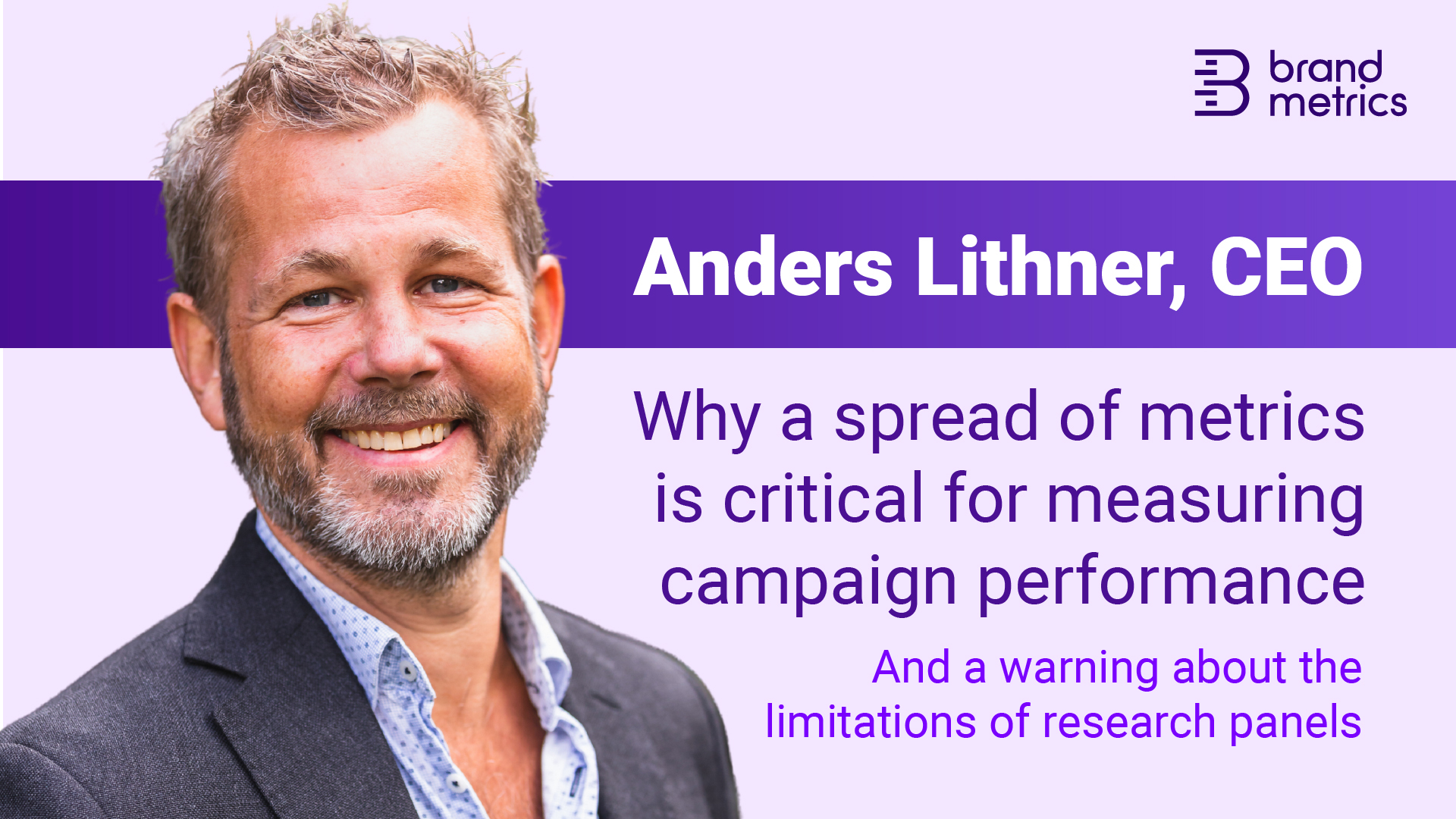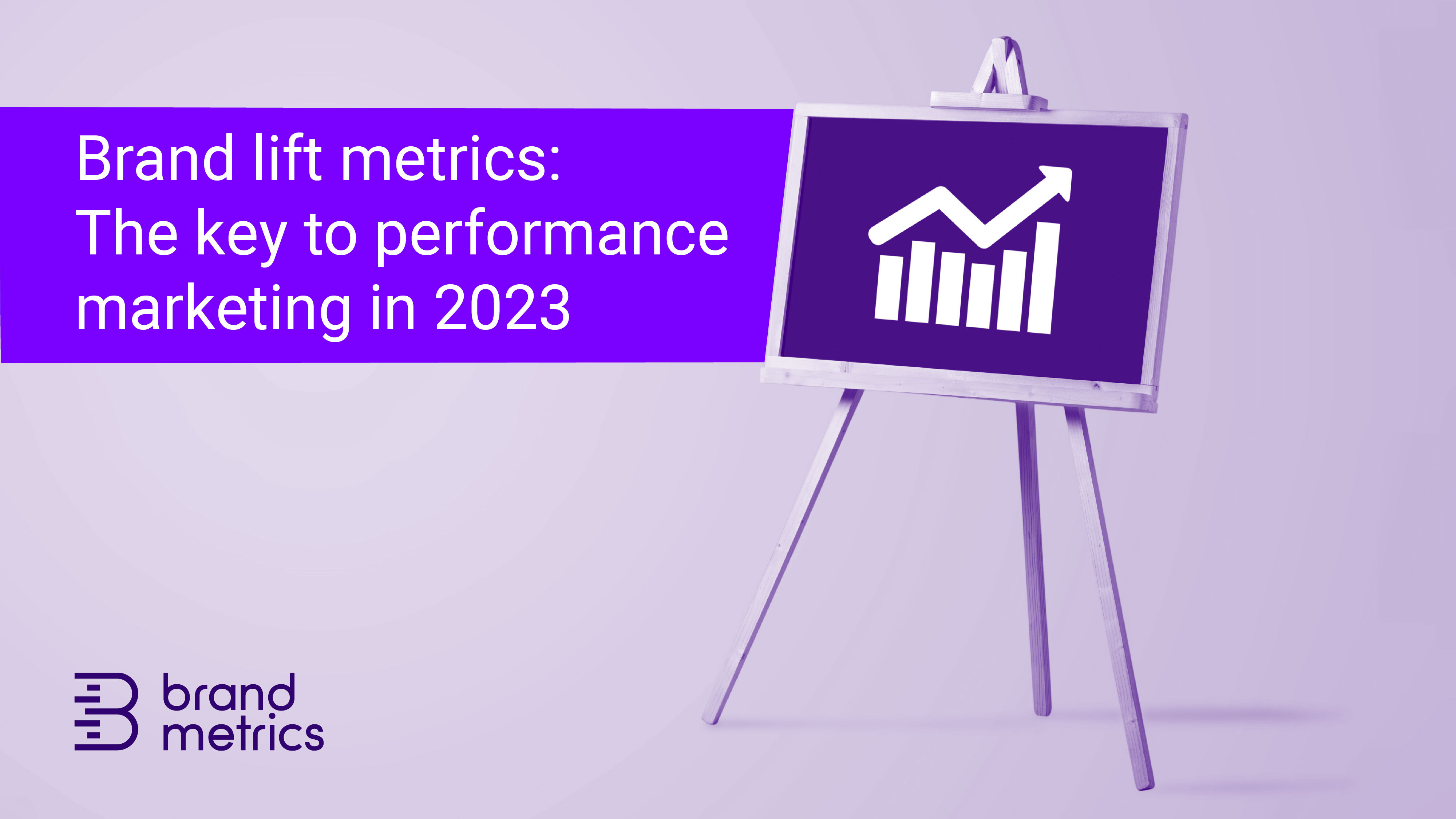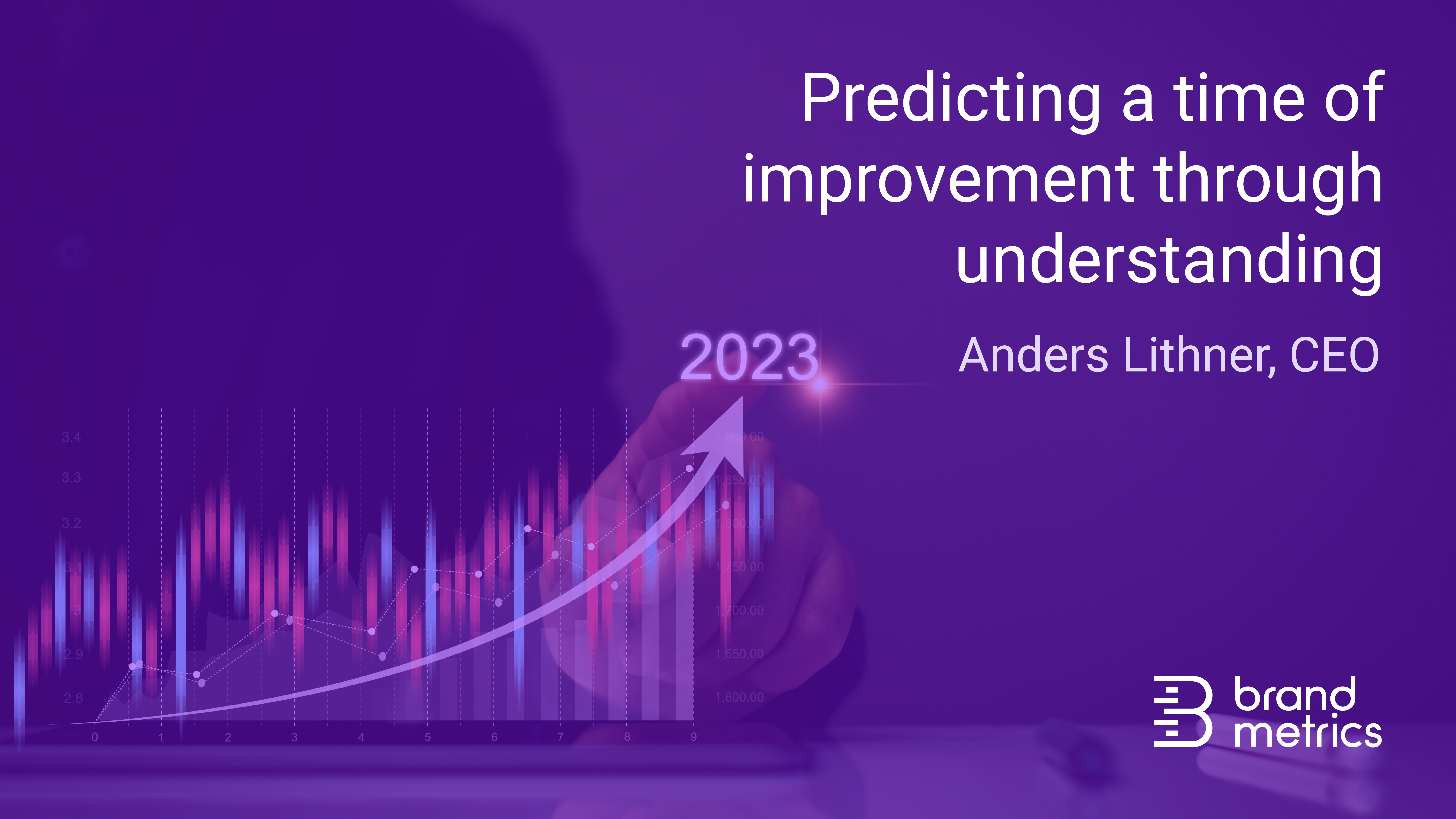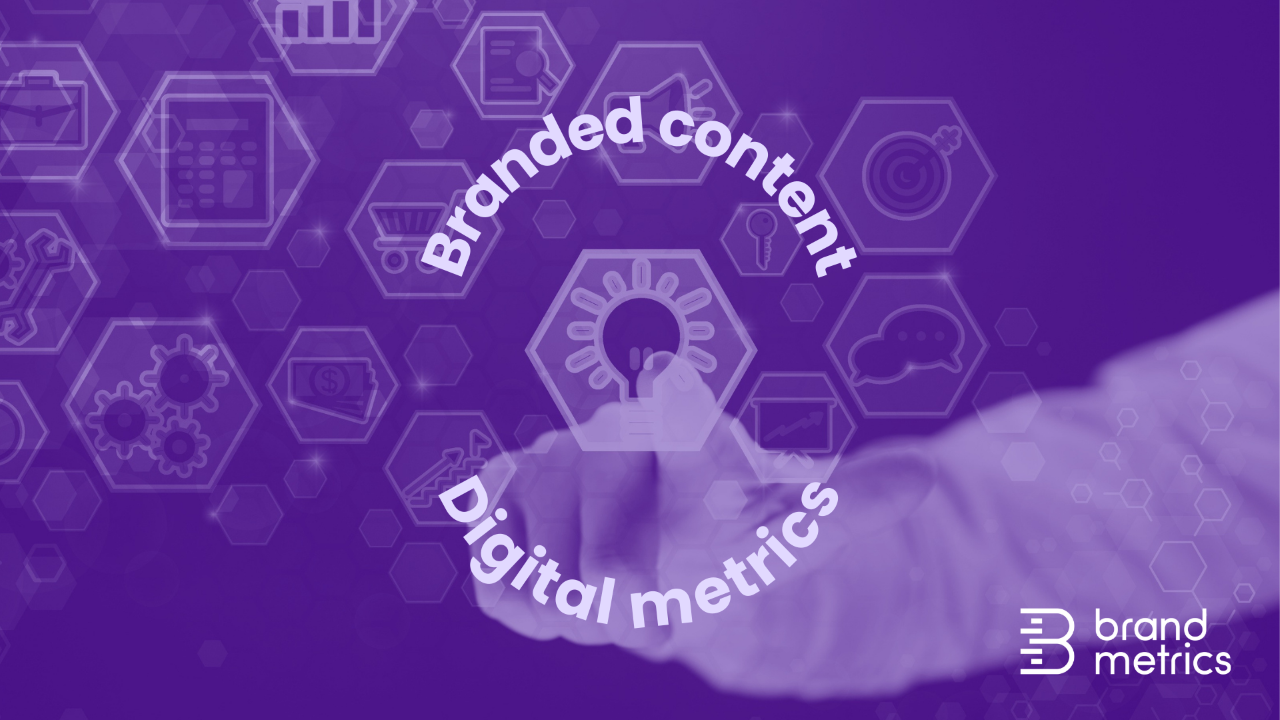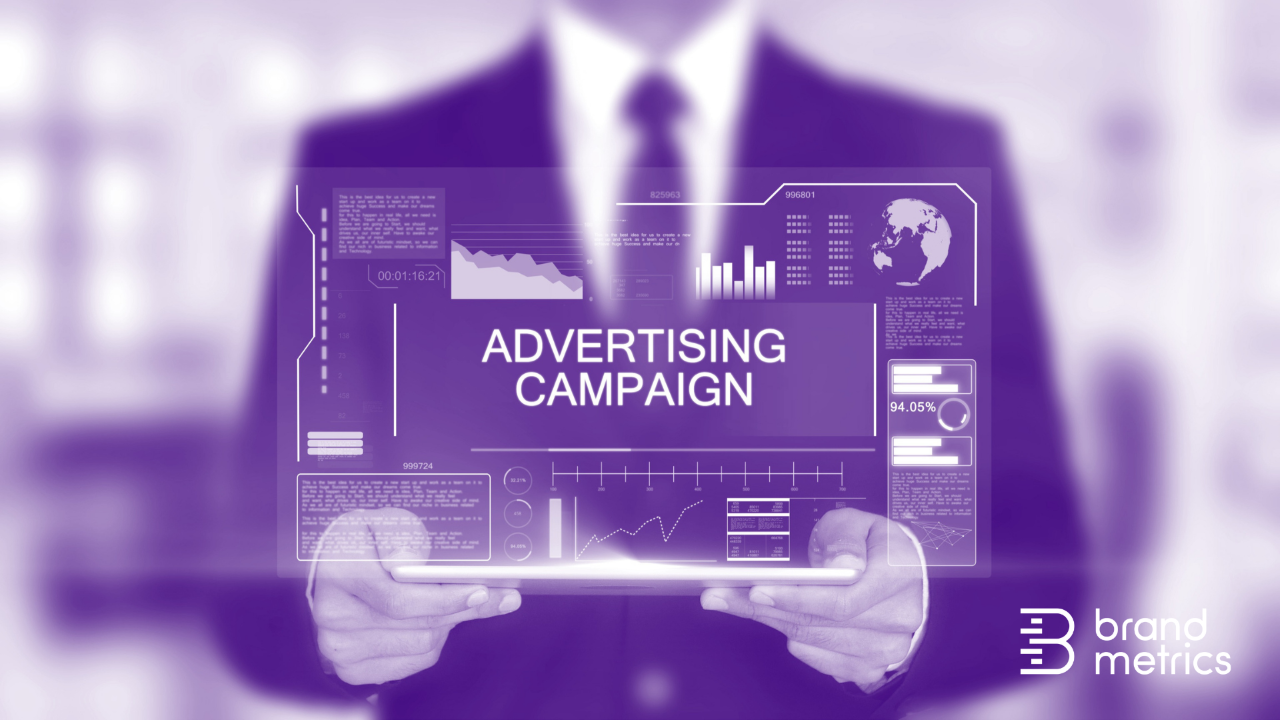Brands and publishers know branded content works – they just need the proof
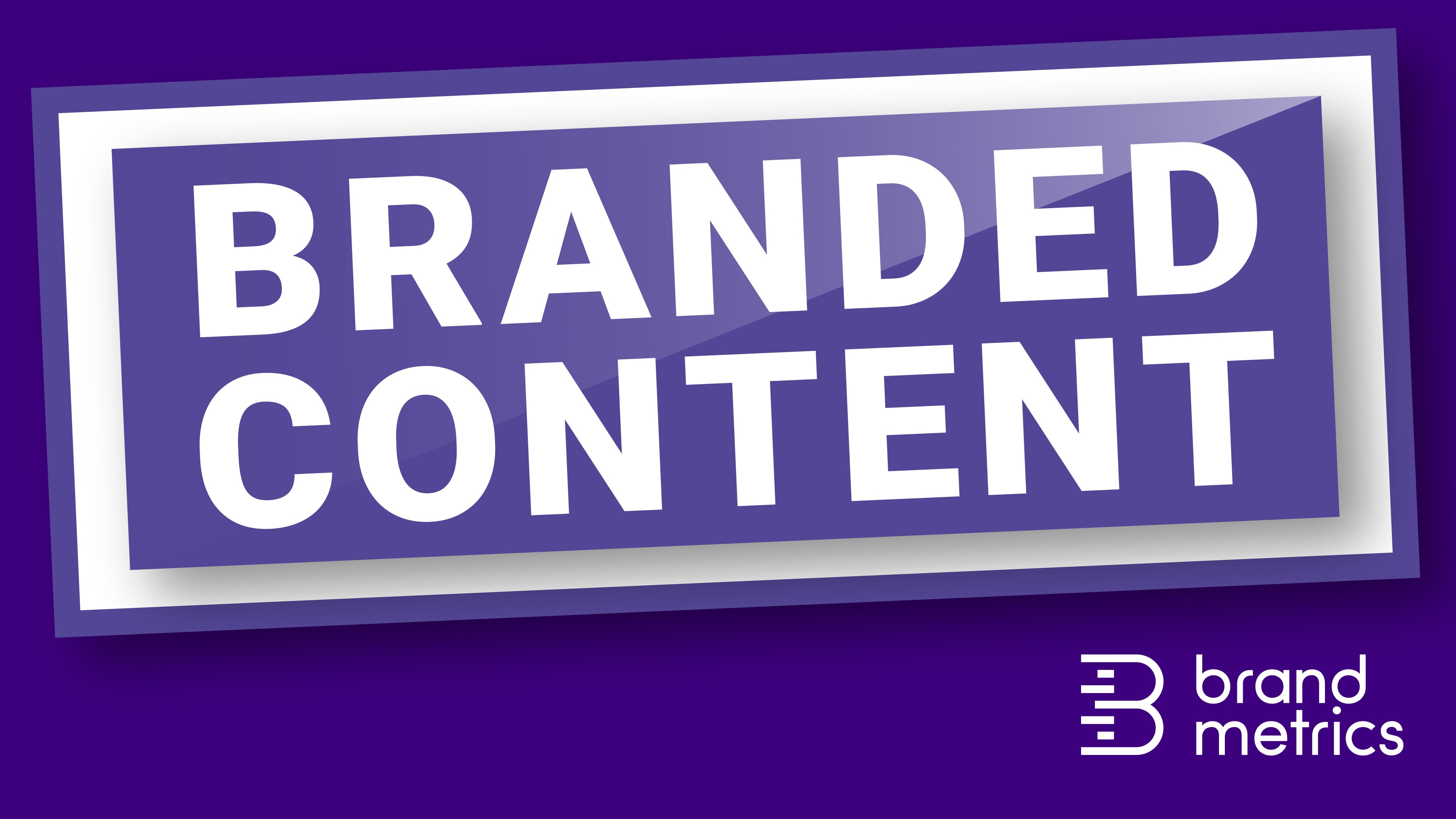
In a world in which there are too many ads, and most get largely ignored, brands are desperate for effective methods of engagement. And because publishers are experts in nurturing highly engaged audiences, branded content campaigns, run in premium environments, have become an increasingly important opportunity.
When audiences spend time in these premium environments, there is a halo effect. Brands recognise that, and they know quality sites are among the few places you will find a genuine differentiation that can’t be found in a less curated environment like Facebook. Working with publishers, brands can build partnerships, high-value campaigns and truly bespoke strategies using all sorts of formats.
We instinctively know that all this is true, but in economically challenging times, brands still need to prove it, which is why, having initially focused on demonstrating the uplift generated by online display advertising, we are now regularly working with publishers around the world to measure the impact of branded content on their sites.
There is no question that publishers face a number of challenges in trying to prove the value of branded content campaigns on their domains. In an ideal world, they need a simple and cost-effective way to measure brand lift that addresses many of the shortcomings of the expensive and often inaccurate panel-based methodologies that have been the dominant measurement tool for a long time.
Furthermore, they would welcome the opportunity to achieve this at scale and to be able to compare their campaigns against relevant benchmarks (both their own and broader category benchmarks), providing them with the potential to back up what they believe to be true with cold, hard data.
Branded content measurement - how and why
Where branded content is concerned, there are different ways to measure uplift accurately, depending on the nature of the campaign.
Branded content isn’t like display advertising, which usually depends on frequency of exposure. Here, the frequency is typically low, and the objective is generally not awareness-based: people typically read branded content once, and they’re usually already aware of the brand. The aim of branded content is usually about increasing depth of engagement among people who already know something about you.
So, to measure that engagement, you need a proxy, whether that is scroll depth or time on page. Then you can look at other variables: what happens when you compare the uplift for those who have come from social vs organic traffic from the publisher’s site? Is there a multiplier effect? Do the traffic drivers have an effect on the brand as well? Is there a hyper-engaged audience? If publishers can provide evidence of such things, they can begin to generate more income from those audiences.
Not just ROI but broader insight
But it needn’t stop there. Using these methods, publishers can now measure on a far larger scale than before and provide ROI to many more clients which is a great outcome in itself. But this type of scaled measurement approach, executed correctly, can also deliver rich, detailed, first-party data intelligence to help compare different audience groups, inform subscription strategies and enhance their understanding of contextual advertising. And this in turn will provide them with more insights to fuel commercial conversations, backed up with real, data-led evidence.
An end to broken methods
For many years, a circle of mutual reinforcement kept unconvincing measurement tools in business. But increasingly, in campaign measurement, it is possible to reflect on just how little we used to know, often being fixated on measurements of simple content interaction, rather than more meaningful (but harder to measure) brand outcomes.
But now we can demonstrate those outcomes, independently, alongside genuine benchmarks, in an ever-widening range of contexts. Publishers have access to a method that not only supports their commercial efforts, but also generates new first-party insights about their own environments. So branded content can increasingly be seen as not only one of the strongest options for brands seeking deeper engagement, but also a demonstrably measurable and accountable campaign strategy option.


